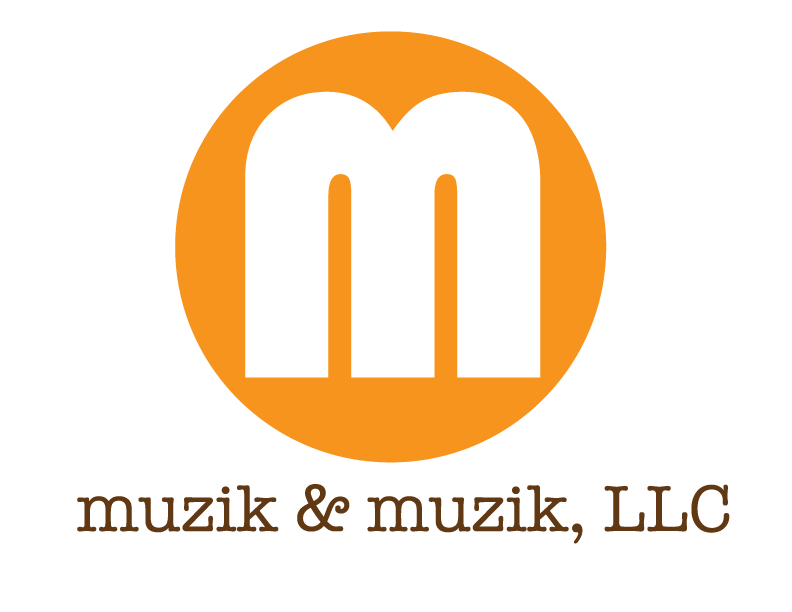This week, M&M started our first MOOC. This isn’t a first online course experience for either of us, but it is our first official entry into the MOOC experience as learners. Delivered by a partnership via the University of Central Florida (UCF)‘s Center for Distributed Learning and EDUCAUSE, this course lasts 5 weeks and is designed to use blended learning formats to demonstrate and teach best practices in BL course design/development. The LMS being used is Canvas, with additional technical support from Adobe Connect (“live” session delivery), Google docs, and more.
One of us is a former colleague of several former UCF distributed learning and ed tech faculty, and as such has high expectations for the quality of this course. The connection with EDUCAUSE, a leading ed tech association supporting higher education, was also a selling point for this MOOC, and only serves to add to collective expectations.
The “Ms.” half of M&M is one tough customer and is the one with the expectation mountain:
I was surprised that the very first “live” session had technical difficulties and was an hour late in starting. This really emphasized a difference from my previous experiences with classes and meetings, namely the etiquette codes of “don’t be late” and “being late lets people know you think your time is worth more than theirs.” Ouch. Further, there was an operating limit on the number of participants allowed into the online “classroom.” A limit of 100. For an enrollment of 2,100+. Am I totally unrealistic to think that this is a really awkward ratio? Perhaps it will be a self-fulfilling prophecy: no course history indicates the room needs to be bigger than 100, because once learners try one or two times to get in unsuccessfully, they stop trying. Demand meets supply.
Some important notes: free course, free course, free course. I think I would be willing to pay if I could be guaranteed a log-in until 15 minutes in. Something I hope that future iterations might consider, if the room can’t be expanded to accommodate a greater percentage of participants. Also, the readings weren’t available yet, and it’s interesting how the old habits from traditional learning die hard: “Come to class prepared!” The time set aside for the weekly webinar somehow felt like a colossal waste of time, although I did manage to knit an entire slipper and unsubscribe from a dozen mailing lists while waiting.
The course features different modalities for participation and does a good job of outlining these in advance. As most people tracking the MOOC trend know, it’s super common for learners to sign up and check out. We read somewhere recently that only 11% of MOOC participants ever complete their courses.
Even more dramatic, a 2014 working paper drafted by researchers at both Harvard and MIT, and quoted in the Chronicle of Higher Education, reported only 5% of their nearly 900k participants completed their courses, and 35% never even looked at the course materials. The designers of Blended Learning Toolkit 2014 definitely understand this dynamic and go out of their way to emphasis that the decision to participate (and at what level) lies in the hands of the individual learners. No guilt. Just accountability. In fact, the one “ask” made to all learners is to decide for ourselves the level at which we can participate and to “calendar” our participation. This is a great idea and really gets at the heart of low completion levels for self-paced/self-directed learning endeavors…time slips away!
The mix/blend of learning modalities that have surfaced so far include:
- A weekly, 30-minute live session (same day/time each week, featuring guest speakers),
- recordings of the weekly, 30-minute sessions for those who can’t get in or for whom the time doesn’t work,
- contributions to the information stream (Tweeting and/or posting relevant resources to social media),
- the ability to earn badges for learning milestones along the way,
- reading reactions (to blog or other text formats), and
- the readings themselves (in PDF and HTML forms).
Readers of this blog will see a series of reflective entries and musings over the next few weeks. First up will be a response to readings focused on the role of blended learning in higher education and design challenges facing the blended learning instructor/designer.
Question: What are your pet peeves with online/blended learning formats and/or MOOCs? What warts are you willing to accept and how is that different from what you accept in other learning environments (i.e. f2f classes, meetings, trainings, conferences)?


